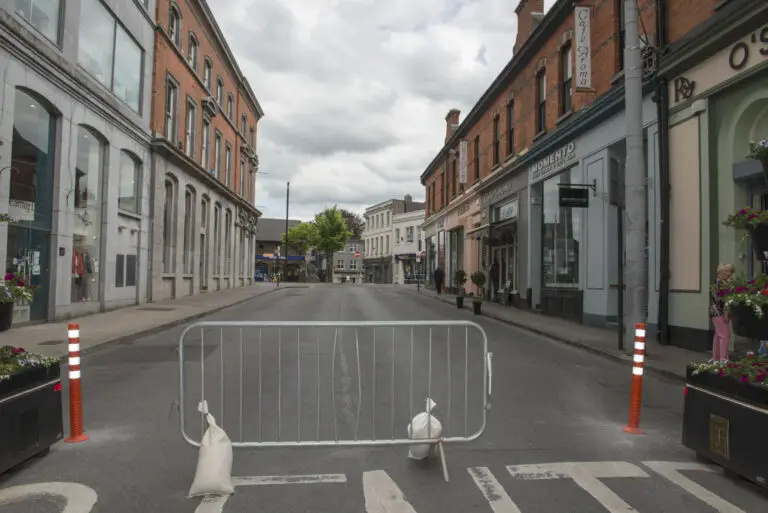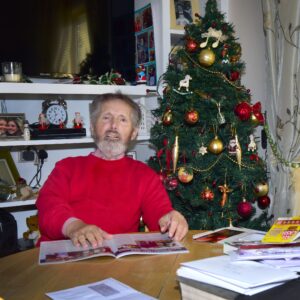*Photograph: John Mangan
Diverse community involvement is required in order to maximise mobility within Clare towns and villages.
Founder of Better Ennis, Síle Ginnane stressed that active mobility must be given a competitive advantage and that towns and villages must focus on attracting people in and keeping them there as opposed to simply “allowing them to pass through.”
Last year, the former physiotherapist carried out a mobility audit of the town of Ennis, identifying key issues such as the reallocation of road space to pedestrians and cyclists, the need for segregated cycle lanes and to avoid shared road space at junctions as well as better air quality, signage and speed limits in many built up areas.
Speaking at an active travel webinar, Síle shared the view that the design of the built environment excludes physical activity, “what we want to do is to design it back in”. Places for people to stop and sit down are also required, she said.
Reducing motor traffic is one of the key objectives in enabling Clare towns and villages to embrace Active Travel. She hailed the temporary pedestrianisation of Ennis as a success in allowing families feel “safe walking the streets with their kids once again”. Messaging is also important, we are not closing off our streets to people, we are actually opening them up, Ginnane asserted.
Senator Roisin Garvey (GP) also chimed in on this idea, putting the question to Transport Minister Eamon Ryan TD (GP) who was in attendance if “Clare speed signs are simply inputted by someone in an office in Dublin who has never seen the design or nature of the road.” She added: “There are 4,000 kilometres of roads in Co Clare, many labelled with 80 to 100 km/h zones, particularly local roads. We need to think about road signs in the county. It’s a low-cost measure that will save lives.”











